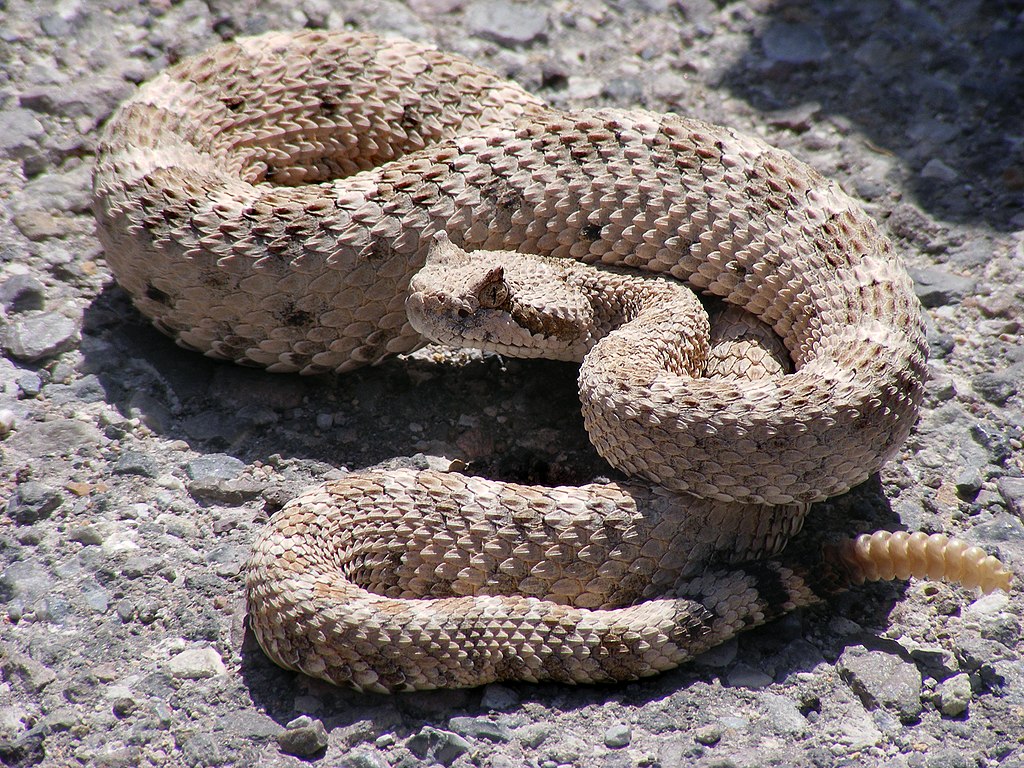A huge part of becoming more self-reliant is learning how to protect yourself from dangerous creatures in the wild, such as venomous snakes. One question we’ve been asked by a customer is, “Do you know how to identify which snakes are poisonous and which are not life-threatening?” Fortunately, it’s easier than you might think. According to the Centers for Disease Control and Prevention (CDC), around 7,000–8,000 people are bitten by venomous snakes annually in the U.S., with five deaths reported. This number would be higher without prompt medical care1.
Whether you're camping, working outdoors, or simply spending time in nature, knowing how to identify snakes can prevent an unwanted trip to the hospital.
Common Venomous Snakes in the United States
Rattlesnakes
|
 |
Copperheads
|
 |
Cottonmouths (Water Moccasins)
|
 |
Coral Snakes
|
 |
What to Do If You're Bitten by a Venomous Snake
- Seek medical attention immediately.
- Stay calm and keep still.
- Try to remember the snake’s color and shape to assist with treatment.
- If unable to get to a hospital right away, apply first aid (lay down with the bite below heart level, wash with soap and water, and cover with a clean dressing).
What NOT to Do
- Don’t wait for symptoms—seek help right away.
- Don’t try to capture the snake.
- Don’t apply a tourniquet.
- Don’t suck out the venom.
- Don’t apply ice or submerge the bite in water.
- Don’t drink alcohol or caffeinated beverages.
Signs or Symptoms of a Venomous Snake Bite
- Redness or swelling around the bite area.
- Blurred vision or difficulty seeing.
- Nausea or vomiting.
- Excessive sweating or salivation.
- Numbness or tingling sensations.
We recommend always carrying a first aid kit when exploring the outdoors. If venomous snakes are common in your area, it’s wise to invest in a snake bite kit or venom extractor.
What Do You Have in Your Emergency Kit for Snake Bites?











